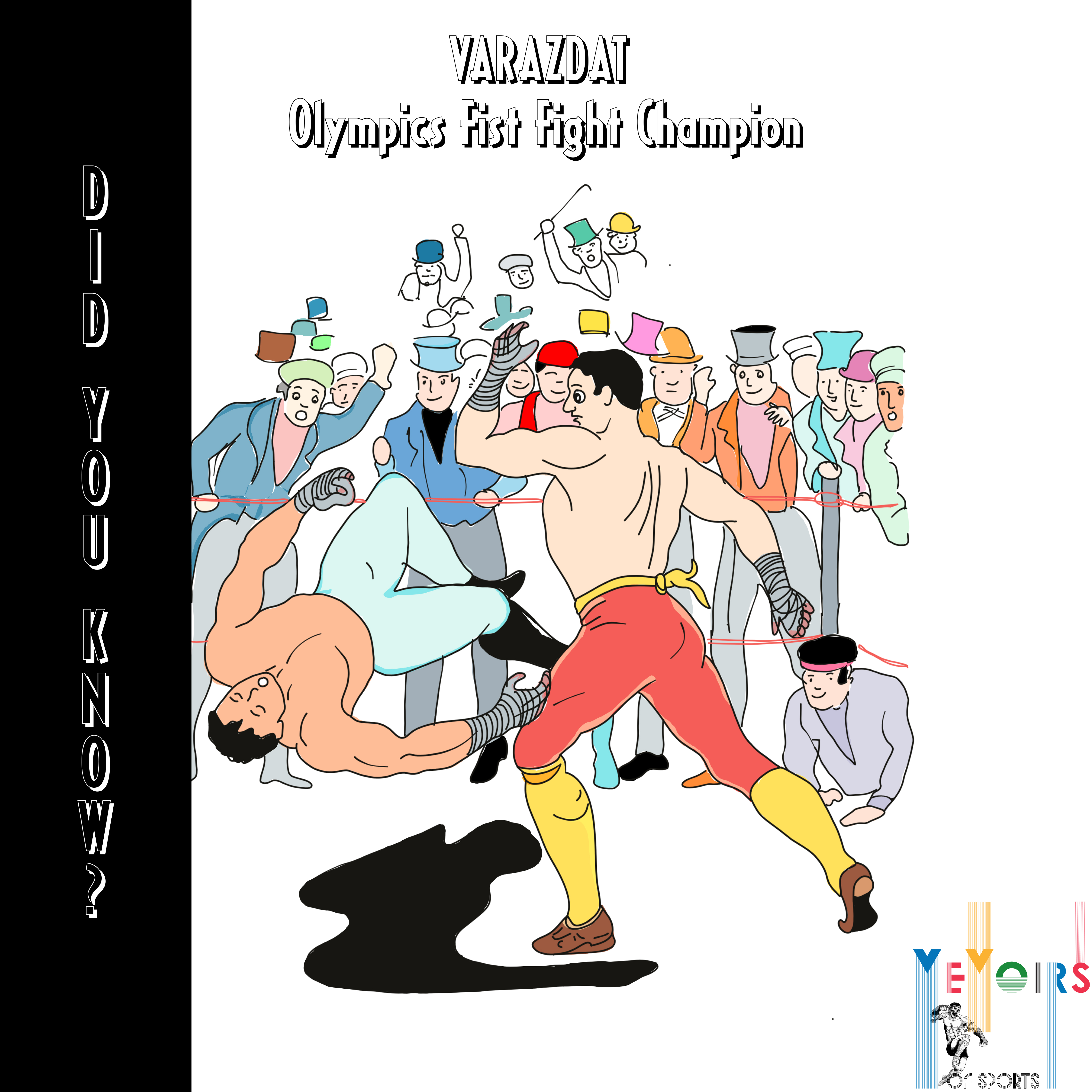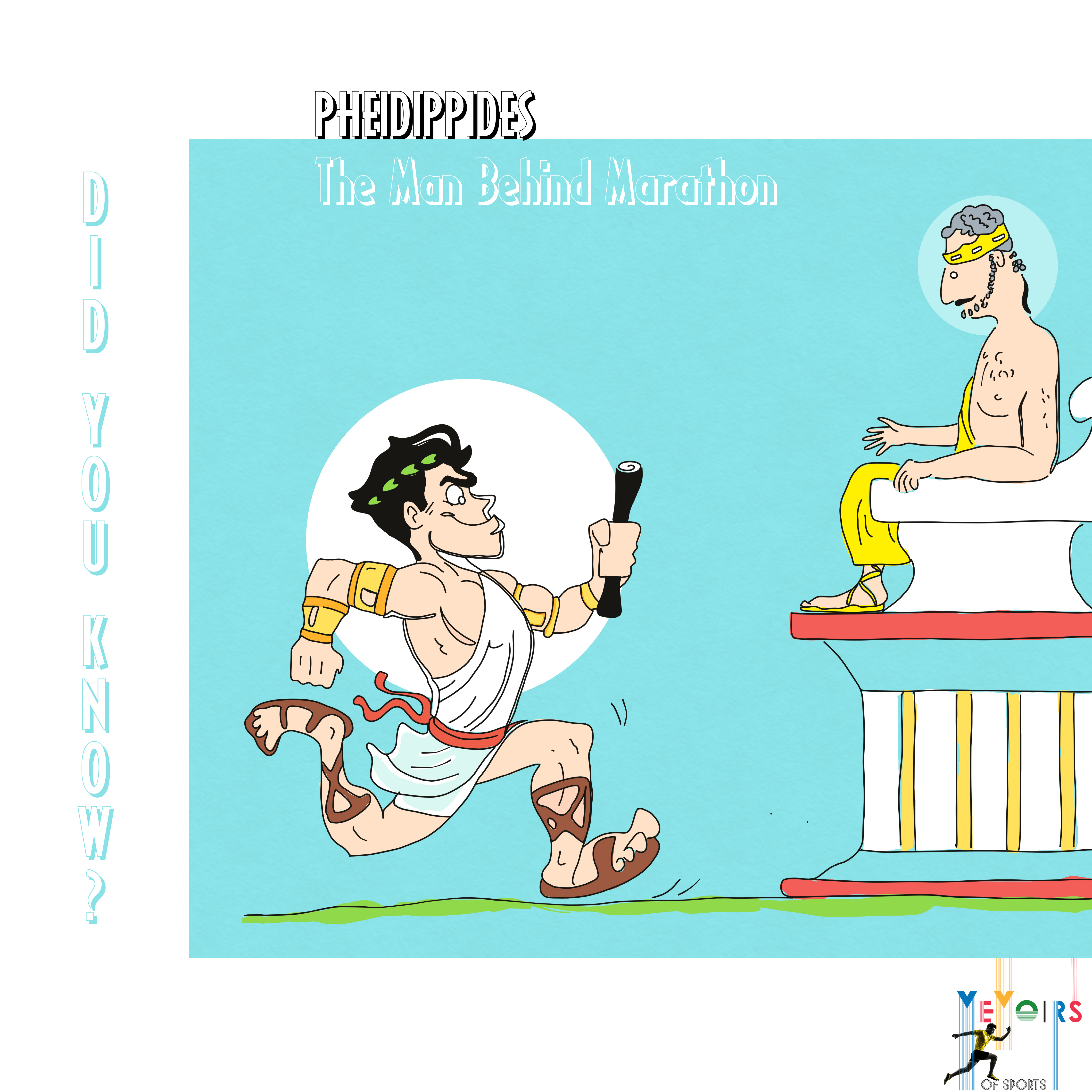Derived from Middle Persian warāz meaning “boar” combined with Middle Persian dātan “to give”, the name Varazdat (Persian: ورازداد) roughly means “given by boars” or “giver of boars,”[2] a boar being a symbol for valor and fierceness.
The tradition of the Olympic Games, which existed in ancient Greece, originated as part of a religious cult. Games were held from 776 BC. to 394 A.C. – in total 293 Olympic games have been held in the town of Olympia, which was considered by the Greeks as a sacred place. The winners were honored at the competitions as heroes in the war.
The Museum of the Olympic Games, which is in the city of Olympia in Greece, preserved the oldest marble board with the names of the winners of the Olympic Games, Nashasreda.ru writes. According to this board, in 385 the future king of Great Armenia – Varazdat became the champion of the Olympic Games in the competitions in fistfight. Fist-fighting entered the program of games in 688 BC, quickly becoming a favorite sport of the crowd. The risk of injury or even death here was extremely high, and the victims had to propitiate Zeus, because the battles were held in the sacred part of Olympia – in front of the 9-meter altar of Zeus, made from the ashes of sacrificial animals. In the fights there were no restrictions on weight, there were no rounds, rivals fought without any break, sometimes for 4 hours or more, until one of the opponents fell. To increase the strength of the attack, the soldiers wrapped their fists with straps of rough leather.

According to the “Chronicle of Eusebius,” the Olympic Games were banned in 394 by Emperor Theodosius as pagan. Accurate evidence of the latest games are missing: it is believed that the 293rd Olympic Games did not take place. Thus, the Armenian king Varazdat was one of the last winners of the ancient games
Movses Khorenatsi wrote about the reign of Varazdat: “The philosopher Augustus from Theodosia, nicknamed the Great, in the twentieth year of his reign appointed Varazdat from the same dynasty of Arshakuni as the king of Armenia instead of the Pap.” Varazdat was young, bold and strong, very skillful and smart. At the time he fled from Shapouh and, having come to the palace of the emperor, accomplished many feats. First he defeated the fist fighters in Pisa, then in the City of the Sun, Hellada, he beat the lions, and then at the Olympic Games he was honored, and the feats he accomplished could be compared with the deeds of St. Trdat.
Varazdat’s victory is also known from a surviving memorandum which is now kept at the Olympic Museum in Olympia, Greece.[6]
An initiative from the Armenian National Olympic Committee on May 8, 1998 a statue bust of Varazdat was installed at the International Olympic Academy in Olympia, Greece.[7]





Leave a Reply